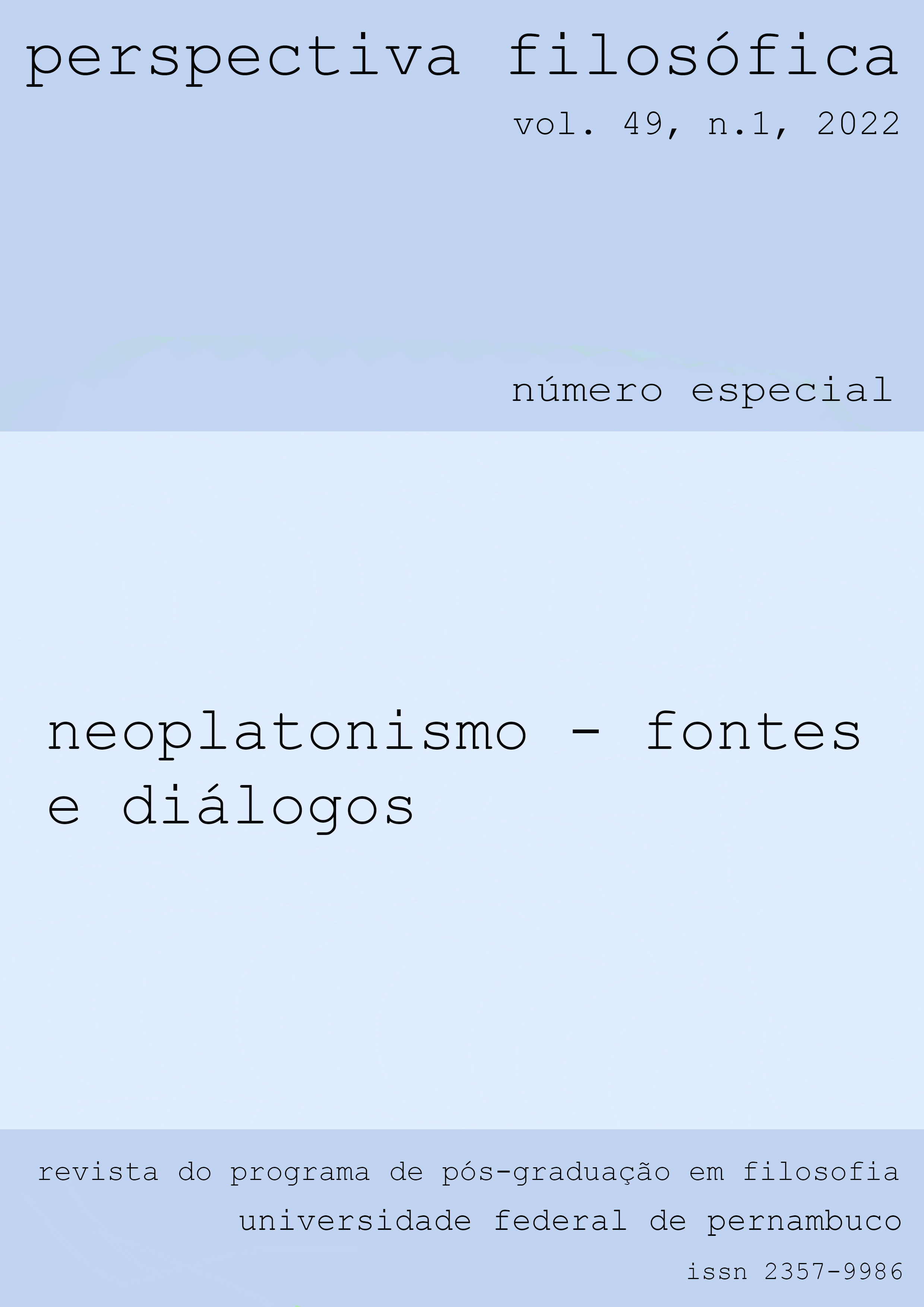The evil acoording to Eriugena
DOI:
https://doi.org/10.51359/2357-9986.2022.253146Keywords:
Evil. Predestination. Eriugena. Jorge Luis BorgesAbstract
This paper investigates the conception of evil of John Scottus Eriugena. First, the general lines of the Controversy of Predestination are presented, developed in the 9th century from the ideas of Gottschalk of Orbais about the Augustinian conception of the free will of the human will and of divine grace, showing a double predestination. Eriúgena condemns Gottschalk's theory, justifying that in divine nature there is no kind of duality, while he points out the divine true non-existence and ignorance about evil. Afterwards, we will focus on the anthropology of Periphyseon, which makes man a perfect image of his creator, even in what refers to divine omnipotence, being infinitely free and capable of building a good world, where evil is nothing but an intellectual error. Finally, we will present a case closer to our times and to our history, which we believe illustrates the Eriugenian conception of evil, based on an experience narrated by the Argentine writer, Jorge Luis Borges.References
BORGES, J.L. Obras Completas II, Emece-Circulo de Lectores, Barcelona, 1999.
JEAUNEAU, E. Iohannes Scottus Seu Eriugena: Periphyseon, Brepols, Turnholt, 1996-2002.
MADEC, G. Iohannis Scotti Eriugenae de diuina praedestinatione liber, CCCM 50, Brepols, Turnholt, 1978.
Downloads
Published
Issue
Section
License
A Revista Perspectiva Filosófica orienta seus procedimentos de gestão de artigos conforme as diretrizes básicas formuladas pelo Conselho Nacional de Desenvolvimento Científico e Tecnológico (CNPq). http://www.cnpq.br/web/guest/diretrizesAutores que publicam nesta revista concordam com os seguintes termos:
Os autores mantém os direitos autorais e concedem à revista o direito de primeira publicação, sendo o trabalho simultaneamente licenciado sob https://creativecommons.org/licenses/by/4.0/deed.pt_BR que permite o compartilhamento do trabalho com reconhecimento da autoria e publicação inicial nesta revista.
Os autores têm autorização para assumir contratos adicionais separadamente, para distribuição não-exclusiva da versão do trabalho publicada nesta revista, com reconhecimento de autoria e publicação inicial nesta revista (Consultar http://opcit.eprints.org/oacitation-biblio.html).

Esta revista está licenciada com uma Licença Creative Commons Atribuição 4.0 Internacional.













